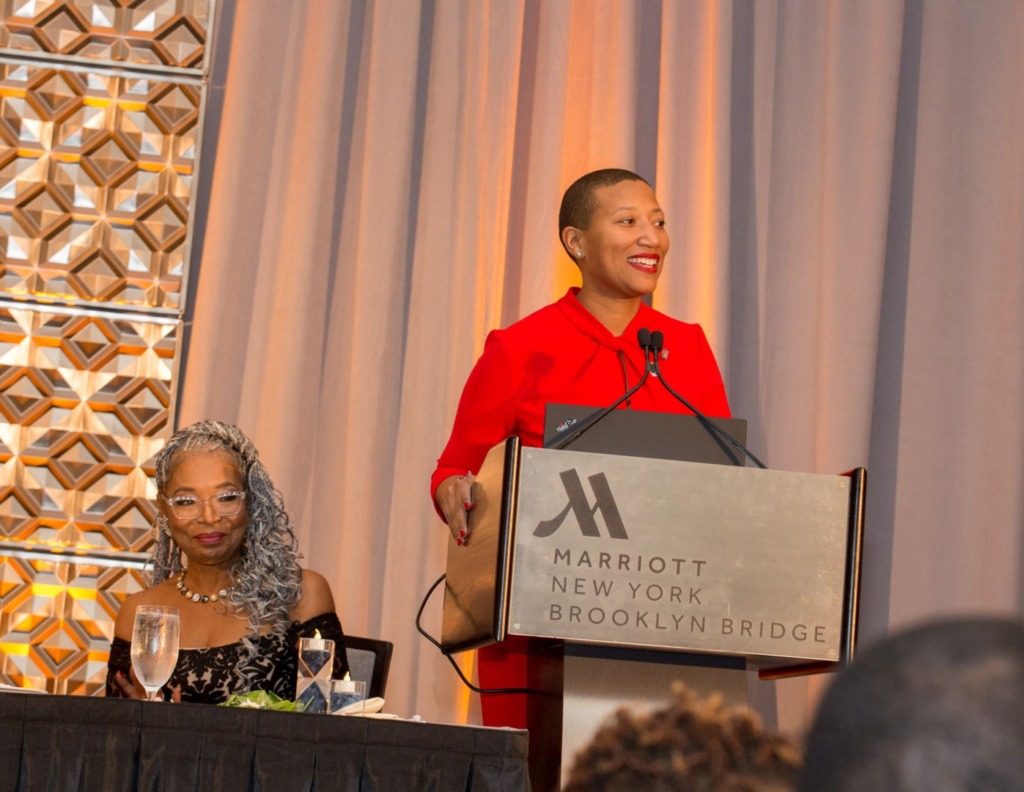Each submission gets timestamped with EST time and gets a unique identifier
assigned, example:
S10056


by: Kimberly Dowdell, Architect Magazine
On Sept. 12, 1962, before an audience of more than 40,000 people on the campus of Rice University, President John F. Kennedy delivered a speech that would define the 1960s in America. He said: “We choose to go to the moon in this decade and do the other things, not because they are easy, but because they are hard, because that goal will serve to organize and measure the best of our energies and skills, because that challenge is one that we are willing to accept, one we are unwilling to postpone, and one which we intend to win.”
This bold statement was made more than two decades before I was born, but it resonates with me today more than ever. We were determined to make it to the moon, and we did. Now, in this decade, one of the greatest challenges that we must tackle with the same might is systemic racial injustice. Until all Americans are availed of the same opportunities and protections, we are all threatened by the insidious harm caused by racism and prejudice. This may not seem relevant to everyone, but please note that within two generations from now, the racial demographics of the United States will be different from what we see today: According to the Brookings Institute, the majority of people in the U.S. will be people of color by 2045. If we don’t resolve our current issues with racial disharmony, we stand to jeopardize our collective future.
Racial healing and harmony are relevant to us as Americans, and to those of us who have chosen the noble profession of architecture. Our duty is to protect the health, safety, and welfare of the public—the entire public. The buildings that we design are meant to shelter everyone safely and, to the extent possible, to create delight. In the American context, architecture has historically been a profession of privilege: a formidable field of endeavor, reserved primarily for white men of means. Only in recent decades have we seen a significant uptick in the registration of women architects. For Black architects, their numbers have essentially moved from zero to 2% of all licensed architects in the United States since architecture organized as a profession in 1857.


Each submission gets timestamped with EST time and gets a unique identifier
assigned, example:
S10056


Your ID: S12312312






This notification means your entry was sent successfully to the system for review and processing.
If you have any further questions or comments, reach out to us via the main contact form on the site
Have a great day!







New to NOMA?
Create your account
Already have an account?
Sign in

Not A NOMA Member? Click Here!
Create your account
